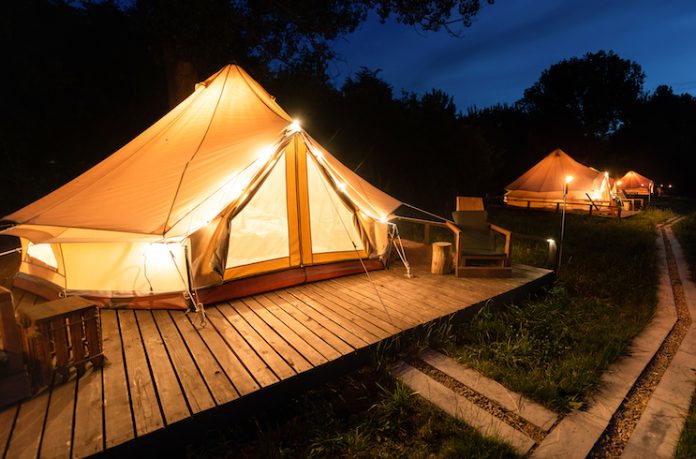
Outdoor accommodations continue to experience a popularity resurgence, and though camping and glamping have never been more popular, travelers rely on data to discern where the industry is growing. Demand has impacted travelers’ abilities to find high-quality outdoor accommodations, but few operators are reaping the benefits behind these trends. When growing their bottom line, first come-first serve isn’t cutting it anymore.
According to the 2023 North American Camping & Outdoor Hospitality Report, one in three leisure trips in 2022 included camping or glamping (32 percent), and more than 58 million households went camping last year. In light of this growth, operators are encouraged to embrace more strategic approaches to pricing while demand is in their favor. This is the era of big and small data, and operators must take advantage of opportunities to surpass their perceived pricing potential.
The path to revenue growth in outdoor accommodation leads operators to shift away from gut feelings and heuristic decision-making in favor of granular booking data and advanced analytics. To get there, outdoor accommodations must find ways to account for pricing per person, oversee the revenue growth of large sites, and manage diverse inventory, which differs from hotel guestrooms and amenities. Reaching this point will require an iterative approach whereby traditional hotel technology is applied to the outdoor accommodation space over time.
Sharing Space
Hotels, campsites, villas, tents, cottages, RV sites, yurts: These dwellings offer wildly different stay experiences at a glance, but on closer inspection, they share more than meets the eye. As an accommodation, they share operational philosophies, business drivers, and crucial performance indicators. Just as there are hundreds—if not thousands—of profiles for prospective hotel guests, there are innumerable profiles for those seeking outdoor accommodations. Parks can also tap into historical data and guest booking trends to understand what is driving demand in any given market.
Revenue management technology is at the forefront of this evolution in hotels, and it has all of the same utility when applied to outdoor accommodation. With the ability to understand the nature behind guest demand for outdoor bookings, operators can provide targeted listings to their most valuable guests and even isolate impactful subcultures such as digital nomads and remote workers looking for an alternative to a traditional hotel stay.
According to a 2023 study from The Dyrt, 23.8 percent of campers worked remotely from sites in 2022. This trend has remained consistent over the past few years, exemplifying the desire of today’s workers to embrace the outdoors whenever possible. It shows that not everyone goes outdoors to disconnect. It’s essential to understand the trends driving bookings from these travelers, as they have different expectations and can command a different rate if met with the right experience at the right time.
Luxury Outdoors
Nowhere has hotels’ parallels to outdoor accommodation been more clearly typified than in comparing the luxury hotel and glamping sectors. Glamping, or luxury camping, has increased over the past several years, recording a 10-percent increase in bookings in 2022. Luxury hotels continue to blur the lines between traditional and outdoor accommodation worldwide.
Luxury travel is typically more recession-resistant and less price-sensitive than other segments. Unlike traditional outdoor accommodation options, luxury sites are more likely to gather advance bookings as they often offer unique products and have limited inventory for travelers to choose from. With space at a premium and luxury sites or experiences selling out faster, outdoor operators have gained actionable data to target travelers and, based on site type, capture optimal rates during periods of continued growth.
Applying technology to the outdoors may seem antithetical to the business behind outdoor accommodations, but travelers don’t seem to agree. Even among the digital nomads and remote workers looking for WiFi in the wilderness, some are taking it to the next level by adopting camping and travel equipment capable of connecting to the internet. This ability to connect tools across outdoor travel destinations opens up even more profit optimization opportunities for savvy outdoor operators. With the right technology to break these trends down into digestible bites and improve reaction times, outdoor operators can learn the actual value of their sites.











